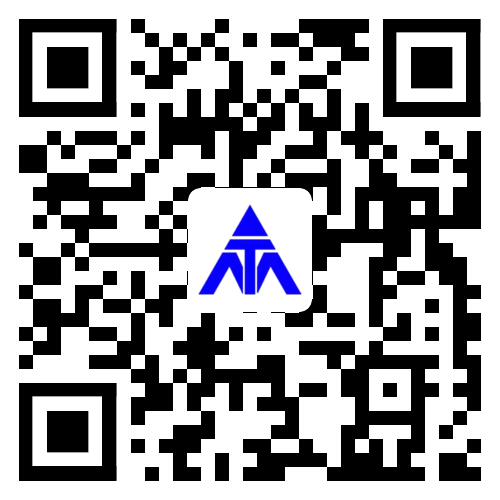- English
- Español
- Português
- русский
- Français
- 日本語
- Deutsch
- tiếng Việt
- Italiano
- Nederlands
- ภาษาไทย
- Polski
- 한국어
- Svenska
- magyar
- Malay
- বাংলা ভাষার
- Dansk
- Suomi
- हिन्दी
- Pilipino
- Türkçe
- Gaeilge
- العربية
- Indonesia
- Norsk
- تمل
- český
- ελληνικά
- український
- Javanese
- فارسی
- தமிழ்
- తెలుగు
- नेपाली
- Burmese
- български
- ລາວ
- Latine
- Қазақша
- Euskal
- Azərbaycan
- Slovenský jazyk
- Македонски
- Lietuvos
- Eesti Keel
- Română
- Slovenski
- मराठी
- Srpski језик
Details in Jumper String Design of High voltage transmission tower(Part one)
2024-10-23
I.Weight Plates: In windy weather, strong winds can cause the jumper string and jumper to deviate towards the tower, resulting in insufficient safety distance. Therefore, we intentionally add counterweights to the jumper string to avoid large wind deflection angles in windy conditions. When glass insulators are used in the jumper string, due to their inherent weight, it may be considered not to install additional weight plates. However, when composite insulators are used, which are lighter, the installation of weight plates is necessary. Since composite insulators are generally equipped with grading rings at their ends, and to avoid increasing the string length by adding weight plates, the use of gravity grading rings is popular, achieving multiple benefits.

II.Number of Jumper Strings: Installing jumper strings at the crossarm ends can restrict the position of the jumper. Additionally, when the line angle increases, using two jumper strings can yield better results. Firstly, the jumper is restrained at the crossarm ends to avoid deviation towards the tower. Secondly, the double strings' greater weight helps prevent double deflection. To facilitate the hanging of single or double strings, the jumper string hanging points on tower poles are generally designed with three points: one in the middle and one on each side. If a single string is hung, the middle point is selected; if double strings are hung, the side points are chosen. According to current general requirements:
①.One jumper string should be installed on the inner corner side of the tension tower.
②.One jumper string should be installed on the outer corner side of a tension tower with an angle of 0°-40°, and two jumper strings should be installed on the outer corner side of a tension tower with an angle of 40°-90°.

③.Two jumper strings should be installed in the middle phase of a single-circuit dry-type tension tower.
III.Stiff Jumper: There are various names for it, such as "cage jumper," "tubular jumper," and "rigid jumper." A stiff jumper utilizes steel tubes and spacers to "bind" the jumper to the steel tube, achieving fixation and jumper connection. If double strings are considered an enhanced version of single strings, then the stiff jumper is the PLUS version of double strings. Firstly, the length of the steel tube in the stiff jumper is the same as the width of the tower, directly increasing the distance between the jumper and the tower. Additionally, the stiff jumper facilitates the addition of counterweights to better suppress wind-induced swings.




